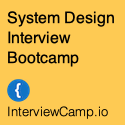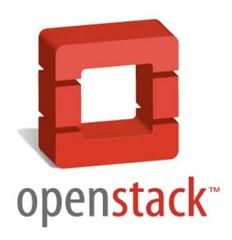
Misco: A MapReduce Framework for Mobile Systems is a very exciting paper to me because it's really one of the first explorations of some of the ideas in Building Super Scalable Systems: Blade Runner Meets Autonomic Computing in the Ambient Cloud. What they are trying to do is efficiently distribute work across a set cellphones using a now familiar MapReduce interface. Usually we think of MapReduce as working across large data center hosted clusters. Here, the cluster nodes are cellphones not contained in any data center, but compute nodes potentially distributed everywhere.
I talked briefly with Adam Dou, one of the paper's authors, and he said they don't see cellphone clusters replacing dedicated computer clusters, primarily because of the power required for both network communication and the map-reduce computations. Large multi-terabyte jobs aren't in the cards...yet. Adam estimates computationally that cellphones are performing similarly to desktops of ten years ago. Instead, they want to focus on the unique characteristics of the mobile devices--camera, microphone, GPS and other directly collectable data--so the data can be processed where collected.
MapReduce was selected as the programming interface because it is familiar to programmers, it transparently supports programming multiple devices, and can be implemented--especially using Python---in such a way that programmers are freed from all the underlying details like concurrency, data distribution, and code management. A very smart move in my estimation.
It's interesting to contrast the economics of the ambient cloud to the economics of the data center cloud. The goal of a data center cloud is 100 percent utilization. Use every possible CPU cycle or money is being wasted money on unused equipment. In an ambient cloud the idea is more parasitic, deploy to more resources yet leave the primary function of the device unaffected. It's a different perspective that may lead to different architectures.
A quick introduction to Misco from the abstract:
Click to read more ...
 Sunday, September 5, 2010 at 9:47AM
Sunday, September 5, 2010 at 9:47AM 


















